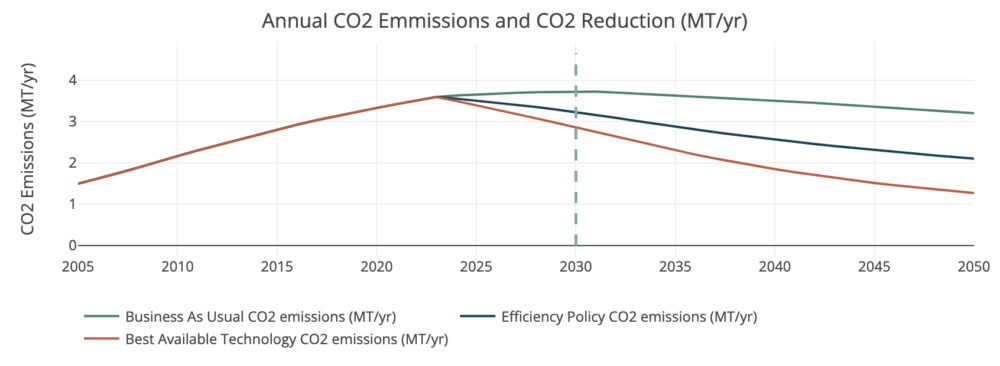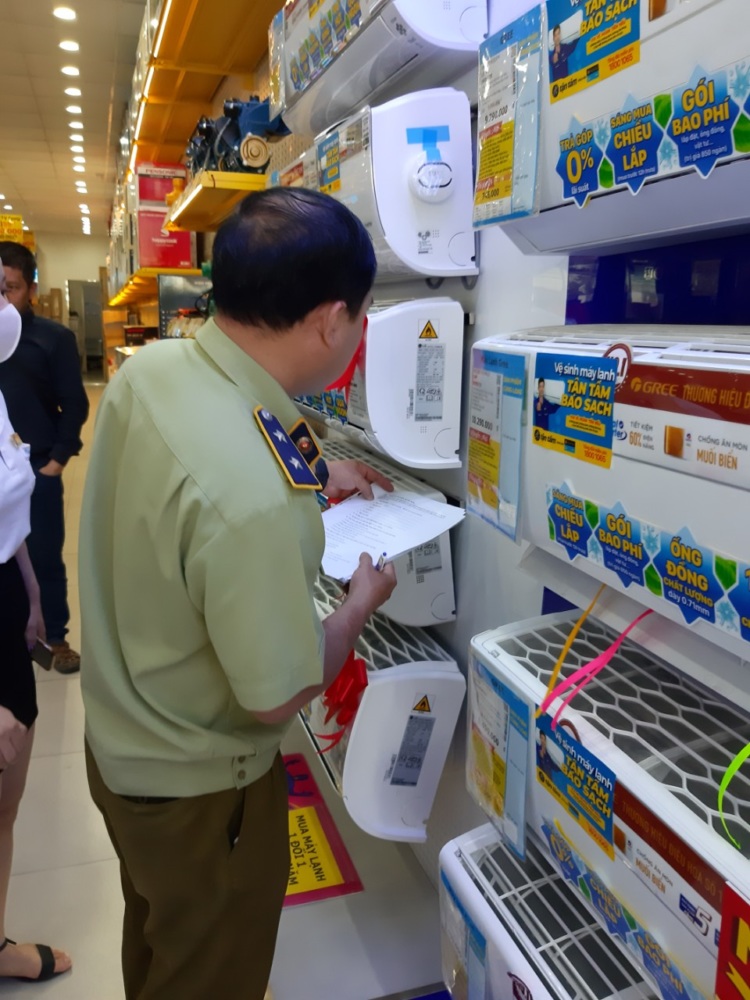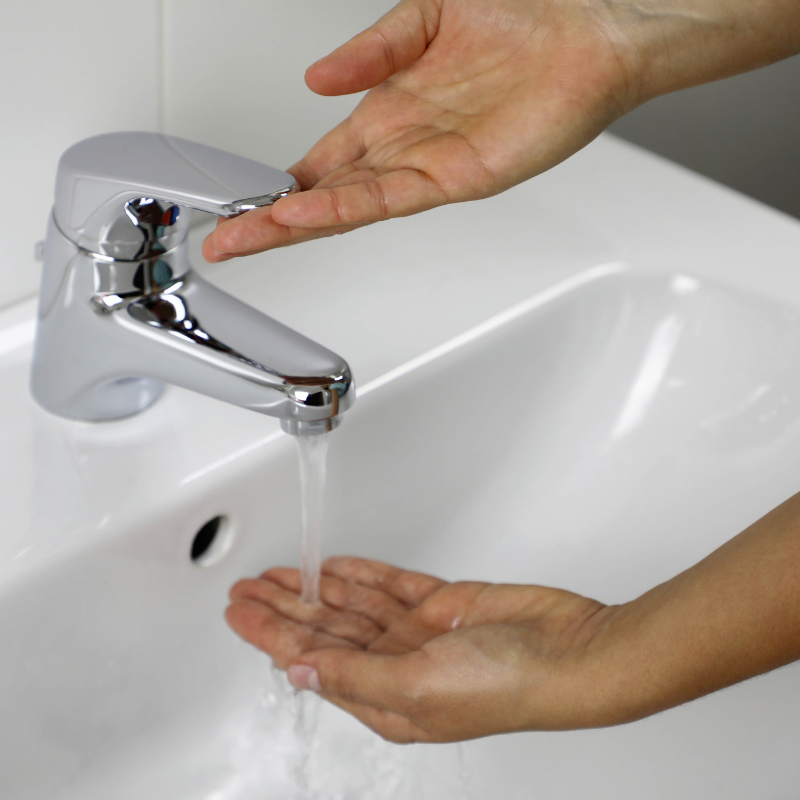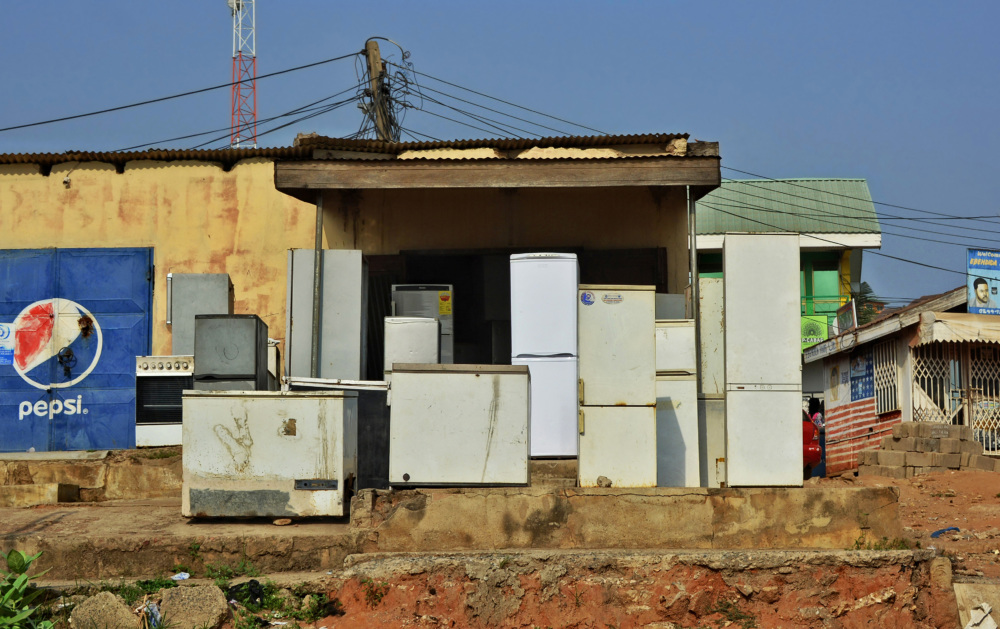A Sophisticated New Modeling Tool Helps India Formulate Energy Efficiency Policy
CLASP and its partner, Environmental Design Solutions (EDS), recently redesigned and updated the Product and Policy Analysis Tool (PPAT), a comprehensive model that enables policymakers to estimate potential energy savings and identify priority products for energy efficiency policies. Although the PPAT is currently only used in India, its methodology can be applied in any economy.
Since 2010, India’s Bureau of Energy Efficiency (BEE) has been using the PPAT and its predecessor, the Product Prioritization Tool, to inform strategic decisions about which products to incorporate into India’s standards and labeling program, based on potential energy and cost savings. In 2013, CLASP and EDS updated the technical and market data used in the PPAT and developed a user-friendly graphic interface software that enhances the tool’s usability.
The PPAT generates scenarios based on current and forecasted market data and policy circumstances. By inputting economy-specific data such as annual product sales, rates of energy consumption, and consumer usage information, the PPAT can generate product rankings based on the expected amount of energy that would be saved (or GHG emissions avoided) from implementing minimum energy performance standards and/or energy labels for a specific appliance.
The genesis of the PPAT dates back to 2009, when CLASP completed a Policy Brief that helped BEE to identify high-priority products to be included in India’s energy efficiency standards and labeling program, based on technical and market analysis. From this Policy Brief, EDS developed the Product Prioritization Tool – an Excel-based model that analyzed 2007 market data and prioritized 57 products according to forecasted energy saved and GHG abatement potential in the year 2030. Today, the newly-named Product and Policy Analysis Tool draws from 2012 Indian market data and contains technical information on 57 products.









